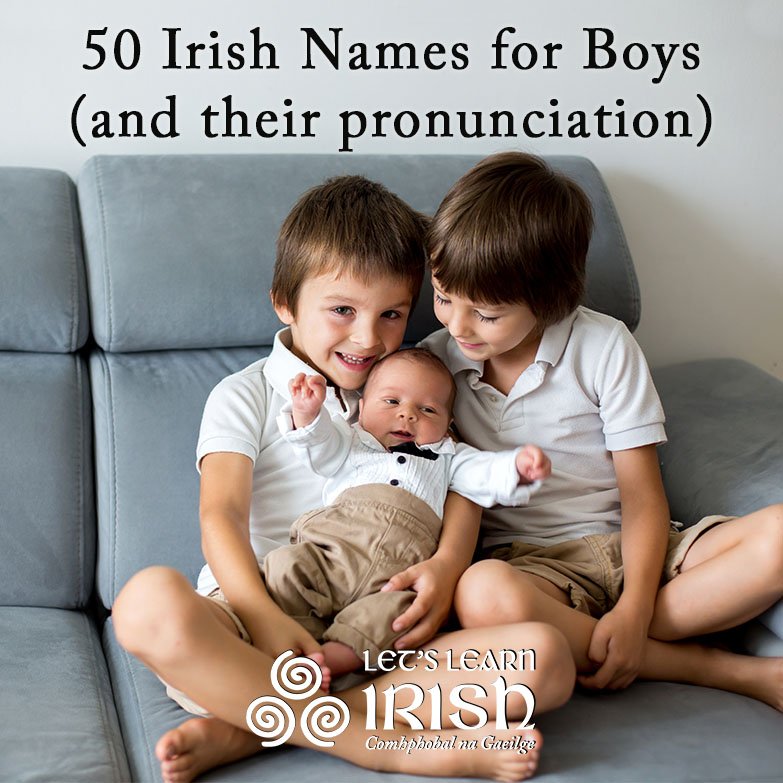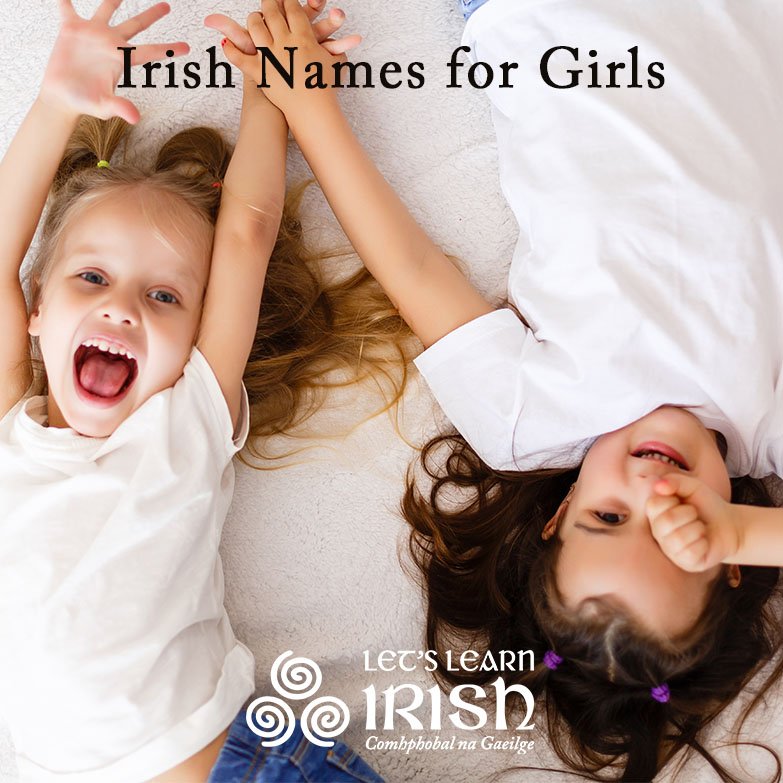The Good Friday Agreement and the Irish Language
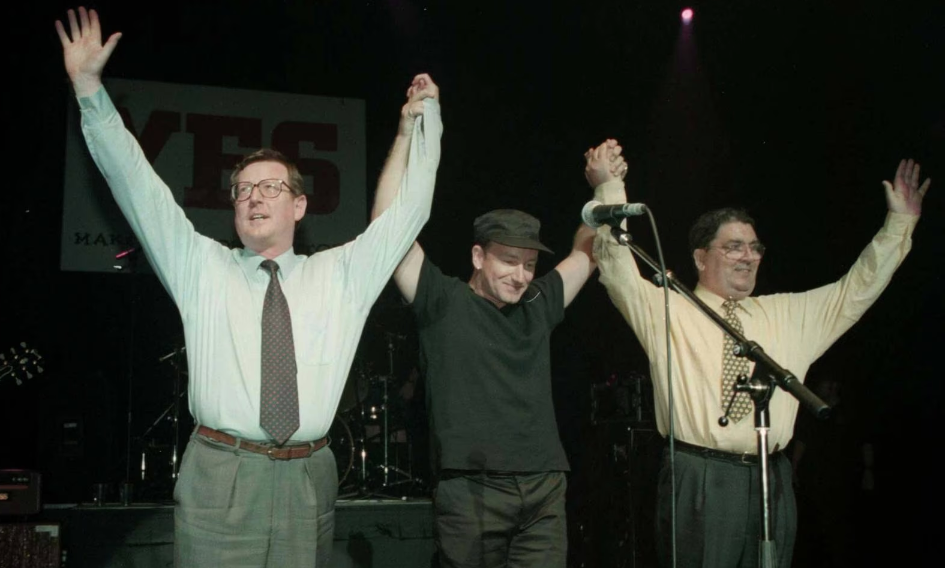
25 years on, it’s worthwhile reflecting on the Good Friday Agreement, and its immeasurable contribution to peace in Ireland. Joe Biden’s visit to the country underscores this historic event, and the lasting impact of a momentous deal struck in Belfast back in 1998. The Good Friday Agreement also marks a turning point for Irish language learners, activists and organisations. While some might argue that too little has been achieved for Irish in the intervening years, there has also been much progress. Let’s take a look at three key milestones over the past 25 years, and how these developments have played a part in advancing the growth of the Irish language.
The establishment of Foras na Gaeilge in 1999
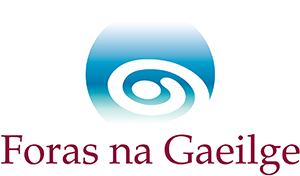 The Good Friday Agreement stated that an all-island language body be set up to promote Irish throughout the island. This led to the establishment of Foras na Gaeilge, an organisation which has since provided coherence and infrastructure to the promotion of Irish. Despite financial cuts over the years, Foras na Gaeilge continues to fund language development officers, pre-school initiatives and childcare projects to support parents raising their families with Irish. The organisation has also funded summer camps, youth groups, online and print media, writers, artists, drama groups, festivals and literary events. A more structured approach has ensured that northern Irish-medium organisations, such as Comhairle na Gaelscolaiochta and Iontaobhas na Gaelscolaiochta, have been able to prosper. The establishment of Foras na Gaeilge has helped to merge and consolidate efforts, and realise the potential advantages of cross-border cooperation and economies of scale. The accessibility of online learning has meant that learners worldwide have also been able to benefit from the increased funding of publications, video, radio, podcasting, learning resources and online events.
The Good Friday Agreement stated that an all-island language body be set up to promote Irish throughout the island. This led to the establishment of Foras na Gaeilge, an organisation which has since provided coherence and infrastructure to the promotion of Irish. Despite financial cuts over the years, Foras na Gaeilge continues to fund language development officers, pre-school initiatives and childcare projects to support parents raising their families with Irish. The organisation has also funded summer camps, youth groups, online and print media, writers, artists, drama groups, festivals and literary events. A more structured approach has ensured that northern Irish-medium organisations, such as Comhairle na Gaelscolaiochta and Iontaobhas na Gaelscolaiochta, have been able to prosper. The establishment of Foras na Gaeilge has helped to merge and consolidate efforts, and realise the potential advantages of cross-border cooperation and economies of scale. The accessibility of online learning has meant that learners worldwide have also been able to benefit from the increased funding of publications, video, radio, podcasting, learning resources and online events.
The St. Andrew’s Agreement in 2006
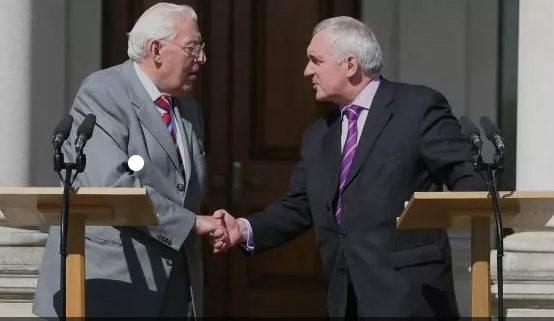
Despite the promise of the Good Friday Agreement, intransigence and a lack of political will ensured that official recognition of the Irish language remained out of reach in the north of Ireland. The highly-divided and sectarian nature of politics up north had inevitably forced specific issues into partisan camps, and as a result, the Irish language was viewed as belonging primarily to one community. Thankfully, efforts to promote the language by traditionally-Protestant communities, such as Turas in East Belfast, suggest more positive changes to come.
The St. Andrew’s Agreement in 2006 was drawn up in an effort to restore the Assembly in the North, following its suspension in 2002. Part of this agreement was the British Government’s commitment to “introduce an Irish Language Act reflecting on the experience of Wales and Ireland and work with the incoming Executive to enhance and protect the development of the Irish language”. Alas, 16 years on, it had still not come to pass.
Language Recognition in 2022 - Finally!
 Continuous efforts were made to see the St. Andrew’s Agreement honoured. Most recently, in May 2002, an Dream Dearg organised thousands of protesters to march through Belfast calling for the introduction of an Irish Language Act, as referenced in the Agreement. Finally, in December 2022, Irish became an official language in the North for the first time.
Continuous efforts were made to see the St. Andrew’s Agreement honoured. Most recently, in May 2002, an Dream Dearg organised thousands of protesters to march through Belfast calling for the introduction of an Irish Language Act, as referenced in the Agreement. Finally, in December 2022, Irish became an official language in the North for the first time.
The Identity and Language (Northern Ireland) Bill passed through the Commons and Lords in October and received royal assent from King Charles. This legislation was based on the model of the Welsh Language Act 1993. The Identity and Language (Northern Ireland) Bill includes a commitment to “provide official recognition of the status of the Irish language” and repeal of the Penal Law-era Administration of Justice (Language) Act 1737, which forbade the use of Irish in the courts. Understandably, this recognition of Irish was incredibly significant in a state historically discriminatory against the language and its speakers.
Of course, much work remains to further the visibility and support of the Irish language throughout Ireland, and particularly north of the border. Irish language progress has been painfully slow, and many obstacles remain, but 25 years on, it is clear that advancements have been made. As the seanfhocal reminds us, “Is fada an bóthar nach bhfuil casadh ann” – It’s a long road that has no turning.
Join the online Irish community for Cúrsaí, Comhrá & Ceardlanna,
and follow along on social media @LetsLearnIrish – beidh fáilte romhat!



